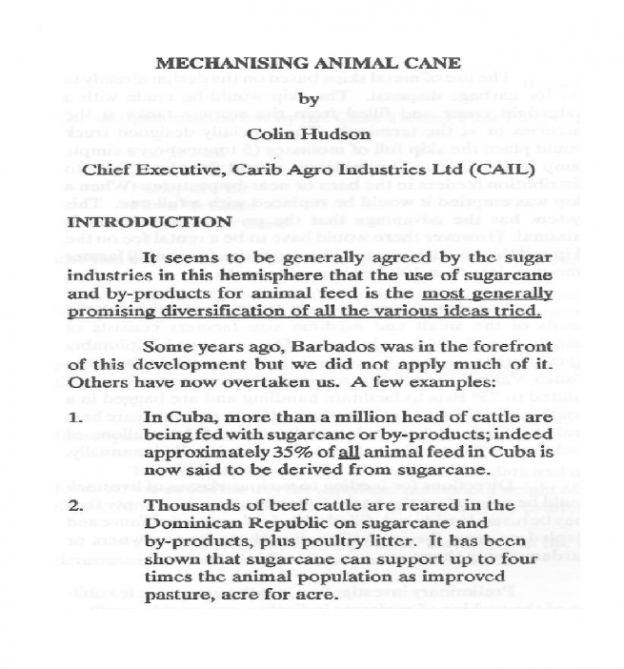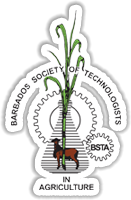F.C. Hutson
It cannot be determined with complete accuracy when engineering, as now known, was first introduced in Barbados, but it is reasonable to assume that Mechanical Engineers were required when steam-operated sugar mills began to replace windmills. This took place about the middle of the last century, it is recorded in Schomburgk’s “History of Barbados” that the first steam plant was installed in 1845, and in Bowen’s 1868 Almanac of Barbados that by 1854 there were five steam-operated sugar mills. These were at Bulkely, Carrington, Lamberts, River (St. Philip) and Walkers (St. Andrew). Also recorded in Bowen’s Almanac, the number of steam engines increased rapidly to thirty in 1868 and fifty-nine in 1880 and a hundred in 1895. It is of interest to note that only nine sugar factories are in existence today (1976), capable of making more sugar in four months than the five hundred odd windmills made in six months.
Forward
The following article was written by the Hon. Sir Francis C. Hutson, Ki.B., C.B.E., Eng., F.I.Mech.E., some thirteen years ago, but has never been publicised as far as is known. It recently came into this writer’s hands, and I believe Sir Frank may have originally written it for The Barbados Museum & Historical Society’s Journal, of which he was President around the time, or possibly just for his own amusement.
I have taken the liberty of updating it here and there (all the sections in italics) and of publishing it as the information contained therein is of much interest to those in the engineering business, as well as historians.
Engineering in Barbados 1976 pdf

